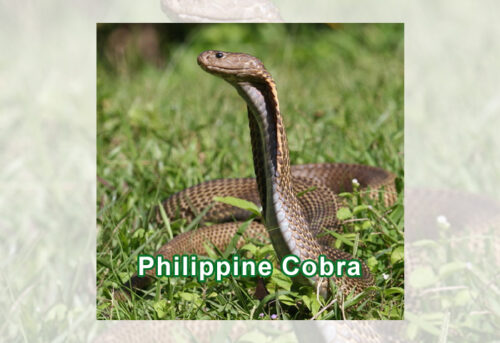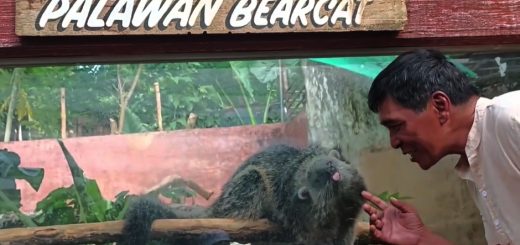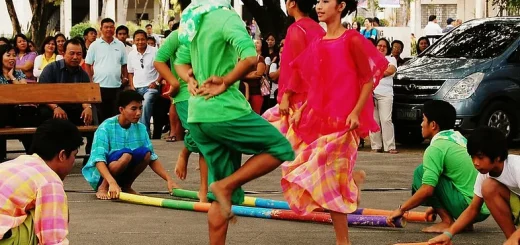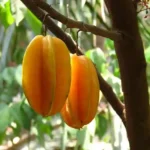Philippine Cobra – A Closer Look at a Venomous Marvel

The Philippine Cobra (Naja philippinensis) is one of the most fascinating and feared snakes in the Philippines. Renowned for its potent venom and striking appearance, this snake plays a vital role in the country’s ecosystem. In this blog post, we’ll delve into the characteristics, behavior, habitat, and conservation status of this captivating reptile.
A Distinctive Appearance
The Philippine Cobra, also called Philippine spitting cobra is easily recognizable by its slender, elongated body and distinctive hood. Adults typically measure between 1.2 to 2.5 meters (about 4 to 8 feet) in length. Their coloration ranges from light brown to dark brown, often with subtle banding or mottling that helps them blend into their surroundings. The cobra’s hood expands dramatically when threatened, showcasing a striking display that serves as a warning to potential predators.
Habitat and Distribution
This species is native to the Philippines and is commonly found on several islands, including Luzon, Mindanao, and various smaller islands. The Philippine Cobra prefers a range of habitats, including forests, grasslands, and agricultural areas, often inhabiting regions close to water sources like rivers and rice paddies. This adaptability allows them to thrive in both natural and human-modified environments.
Philippine Cobra Venom and Hunting
The Philippine Cobra is infamous for its highly toxic venom, which is primarily neurotoxic. This means that it affects the nervous system, leading to paralysis and potentially fatal respiratory failure if untreated. Fortunately, fatalities from bites are rare, thanks to increased awareness and access to antivenom in many areas. The cobra primarily preys on small mammals, birds, and other reptiles, using its venom to immobilize its prey before swallowing it whole.
Philippine Cobra Behavior and Temperament
While the Philippine Cobra can be aggressive when threatened, it typically prefers to avoid confrontation. When cornered, it will raise its hood, hiss loudly, and display its fangs, warning potential threats to back off. Despite this defensive behavior, many encounters with humans can be avoided through caution and respect for their territory.
During the breeding season, which occurs from March to May, males engage in combat displays to establish dominance and attract females. After mating, females lay clutches of 10 to 30 eggs, which they incubate until they hatch, typically after about two months.
Conservation Status
The Philippine Cobra is currently classified as Least Concern by the International Union for Conservation of Nature (IUCN). However, habitat loss due to deforestation, agricultural expansion, and human encroachment poses significant challenges to its populations. Additionally, persecution by humans—often due to fear—can further threaten their numbers.
Human Interaction and Safety
Given its venomous nature, it’s essential for those living in or visiting areas inhabited by the Philippine Cobra to exercise caution. Educating local communities about the ecological importance of cobras can help reduce fear and promote coexistence. Simple measures such as wearing boots and being vigilant in natural areas can greatly minimize the risk of snake bites.
The Philippine Cobra is a remarkable species that embodies the beauty and complexity of the Philippines’ wildlife. Understanding and respecting this snake is crucial for both its conservation and human safety. By fostering a deeper appreciation for the natural world, we can promote harmony between humans and the incredible creatures that share our environment. Whether you’re a nature enthusiast or simply curious about the wildlife of the Philippines, the Philippine Cobra is a captivating example of nature’s ingenuity and resilience.
References:
https://en.wikipedia.org/wiki/Philippine_cobra










